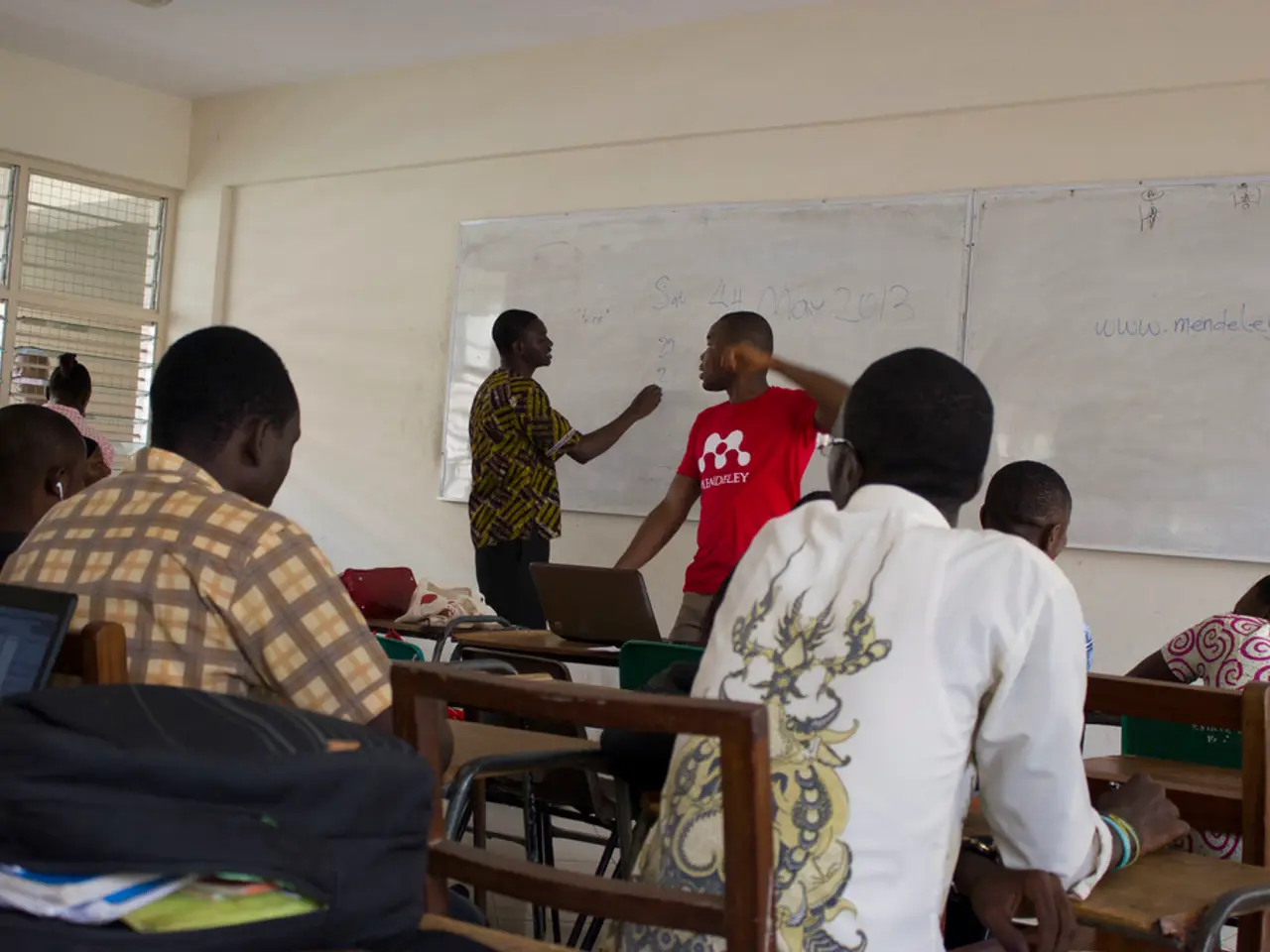Dynamic Approaches to Diagnostic Testing for Enhanced Education
In the realm of education, the importance of formative assessment techniques cannot be overstated. These strategies, designed to monitor student learning and provide ongoing feedback, are essential for fostering engagement and enhancing learning outcomes.
Best practices for formative assessment include clear objectives, active student engagement, varied assessment tools, and regular reflection and adaptation. Examples of these techniques range from traditional methods like quizzes and classroom discussions to more modern approaches such as peer assessments and digital check-ins.
Case studies demonstrate the practical application of formative assessment techniques in diverse educational settings, from middle school to university classes. Learning Management Systems (LMS) like Moodle and Canvas, and interactive platforms such as Google Forms and Kahoot, facilitate the creation of quizzes and surveys, providing immediate data for educators to adjust their instructional strategies.
Effective formative assessment techniques have key characteristics such as timely feedback, adaptability, collaboration, clarity in learning objectives, and the integration of various assessment methods. Embracing innovative techniques will be crucial in aligning with learning goals and promoting a more enriching educational experience for both teachers and students.
Incorporating technology into formative assessment techniques can significantly enhance the learning experience. Platforms like Edpuzzle, which integrates quizzes into videos, enable educators to gather real-time feedback from students. Technology can also facilitate personalized learning experiences, with adaptive learning tools tailoring formative assessments to meet each student's unique needs.
Some innovative formative assessment techniques prioritize engagement, personalization, and collaboration in the classroom. These include reimagined exit tickets, digital check-ins and interactive tools, peer assessment strategies, quick check techniques, making assessment feel like learning, and collaborative workspaces.
These techniques emphasize student involvement and ownership of learning, allowing teachers to adjust instruction based on individual and group needs while fostering a sense of community and motivation in the classroom. Utilizing technology and peer interaction are key components that enhance both personalization and collaboration in modern formative assessment practices.
However, implementing formative assessment techniques presents challenges such as time constraints, varying student engagement levels, lack of training, and alignment with curricular goals. It is crucial for educators to strategically align these techniques with established learning goals to accurately measure student understanding and progress.
In conclusion, the effective use of formative assessment techniques is essential for fostering student engagement and enhancing learning outcomes. By embracing these innovative strategies, educators can create dynamic, interactive, and personalized learning environments that cater to the needs of each student, ultimately promoting a more enriching educational experience.
[1] Hattie, J., & Timperley, H. (2007). The Power of Feedback. Review of Educational Research, 77(3), 817-842. [2] Black, P., Harrison, C., Lee, C., Marshall, B., Wiliam, D., & Yates, G. (2003). Assessment for Learning: Putting it into Practice. Oxford Review of Education, 29(3), 273-290. [3] Wiliam, D. (2011). Embedded Formative Assessment. Educational Leadership, 68(2), 10-16. [4] Dunlosky, J., Rawson, K. A., Marsh, E. J., Nathan, M. J., & Willingham, D. T. (2013). Improving Students' Learning with Effective Learning Techniques: Promising Directions from Cognitive and Educational Psychology. Psychological Science in the Public Interest, 14(1), 4-58. [5] Almonte, L. G., & Lopez, M. (2017). Formative Assessment in Early Childhood Education. Early Child Development and Care, 189(4), 535-547.
- To maximize student engagement and improve learning outcomes, teachers can implement instructional strategies like interactive platforms, peer-assessment, and personalized learning tools, which come under the umbrella of innovative e-learning approaches for professional development in education-and-self-development.
- Incorporating technology into formative assessment not only makes the learning experience dynamic but also enables the collection of real-time data, allowing educators to adapt their strategies accordingly. This technique, as cited by Hattie, Timperley, Black, Harrison, Lee, Marshall, Wiliam, Yates, Dunlosky, Rawson, Marsh, Nathan, Willingham, Almonte, and Lopez, is essential for fostering an enriching educational journey for both teachers and students.




